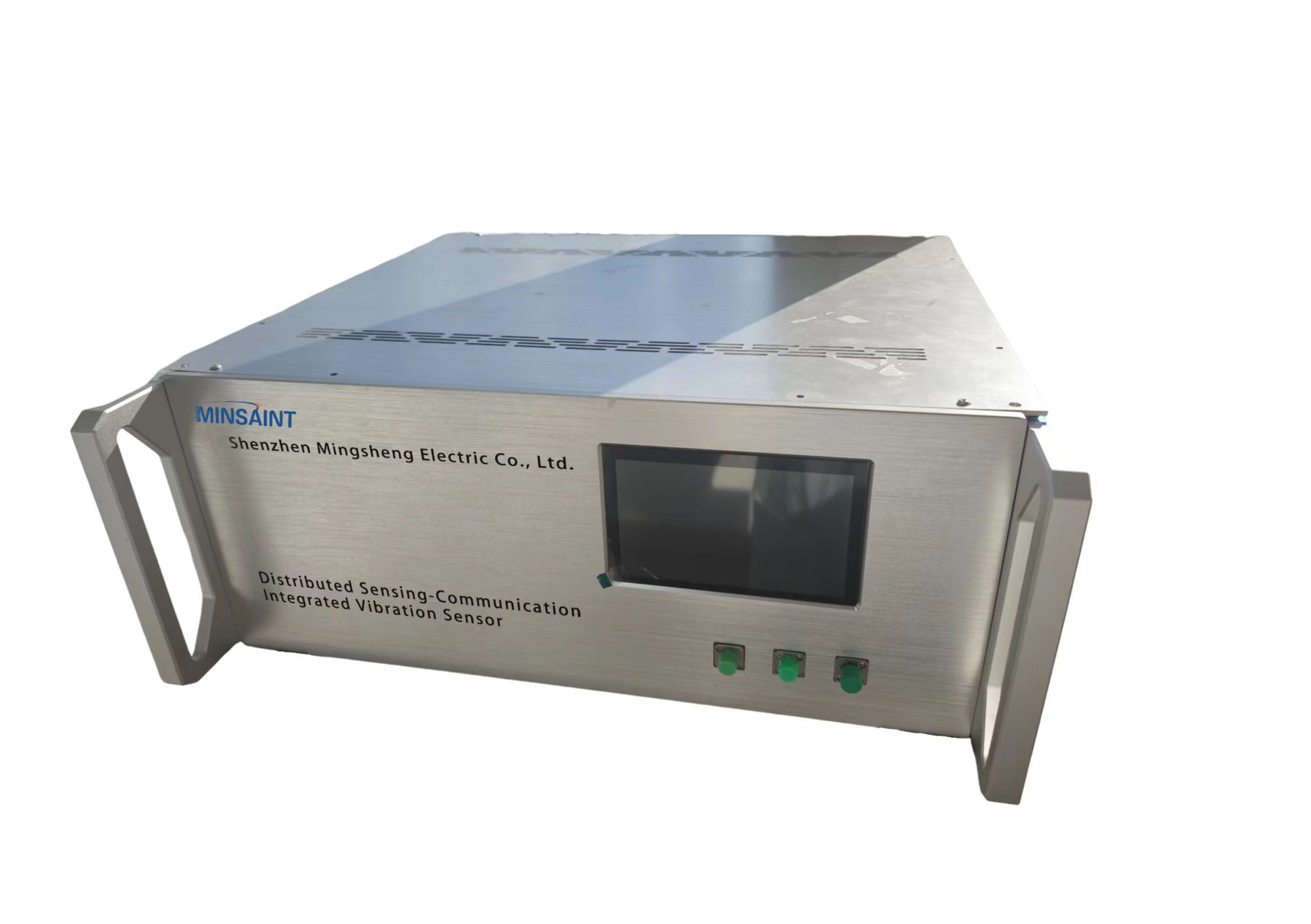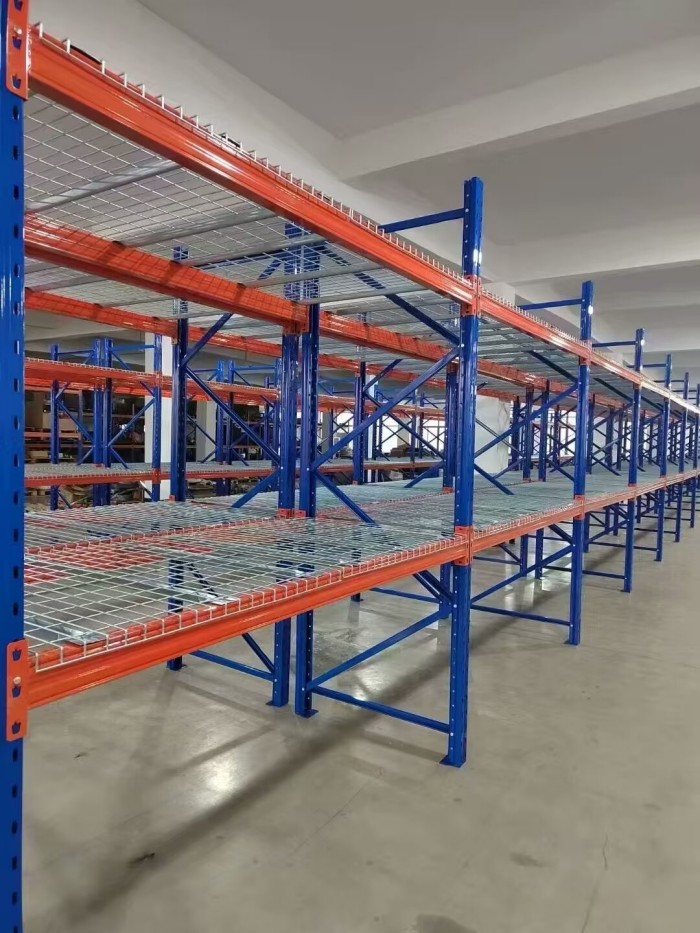In today's digital age, printing documents remains an essential task. However, with the increasing focus on sustainability and cost-effectiveness, knowing how to print two-sided paper on both sides has become crucial. This comprehensive guide will walk you through the process, providing expert tips and insights to help you achieve efficient and eco-friendly printing.
- Understanding Double-Sided Printing:
Double-sided printing, also known as duplex printing, allows you to print on both sides of a single sheet of paper. By utilizing this feature, you can significantly reduce paper consumption and save money. Most modern printers support double-sided printing, but it's important to check your printer's specifications and settings before proceeding. - Configuring Your Printer:
To enable double-sided printing, you need to configure your printer settings correctly. Start by accessing the printer properties or preferences through your computer's control panel or print dialog box. Look for the "Print on Both Sides" or "Duplex Printing" option and select it. Depending on your printer, you may have additional settings to choose from, such as flipping along the long or short edge. Experiment with these options to find the most suitable setting for your needs. - Choosing the Right Paper:
Selecting the appropriate paper is crucial for successful double-sided printing. Consider using a slightly thicker paper to prevent ink bleeding or show-through. Look for paper specifically labeled as "double-sided" or "duplex" to ensure optimal results. Additionally, using recycled or eco-friendly paper aligns with sustainable printing practices and reduces environmental impact. - Formatting Your Document:
Before printing, ensure that your document is properly formatted for double-sided printing. Adjust margins, headers, and footers to allow sufficient space for binding or stapling. Pay attention to page breaks and ensure that content flows smoothly from one page to the next. Preview your document to identify any potential issues and make necessary adjustments. - Print Preview and Test Prints:
Always preview your document before printing to avoid wasting paper and ink. This step allows you to identify any formatting errors, misplaced content, or unwanted blank pages. If possible, print a test page to ensure that the double-sided printing is aligned correctly. Adjust settings or make changes to your document as needed. - Troubleshooting Common Issues:
Double-sided printing may encounter a few challenges, such as paper jams, misaligned pages, or inconsistent print quality. To troubleshoot these issues, refer to your printer's user manual or online resources. Cleaning the printer rollers, using high-quality paper, and updating printer drivers can often resolve these problems. - Advanced Tips for Efficient Double-Sided Printing:
- Consider using automatic duplexing if your printer supports it, as it simplifies the printing process.
- Utilize print preview software or plugins that allow you to customize and optimize double-sided printing.
- Experiment with different print settings, such as grayscale or draft mode, to reduce ink consumption.
- Organize and combine multiple documents into a single file to print them as a cohesive double-sided document.
Conclusion:
Mastering double-sided printing is a valuable skill that promotes sustainability, saves costs, and enhances efficiency. By following the steps outlined in this comprehensive guide, you can confidently print two-sided paper on both sides, minimizing waste and maximizing productivity. Embrace this eco-friendly printing technique and contribute to a greener future.








+ There are no comments
Add yours